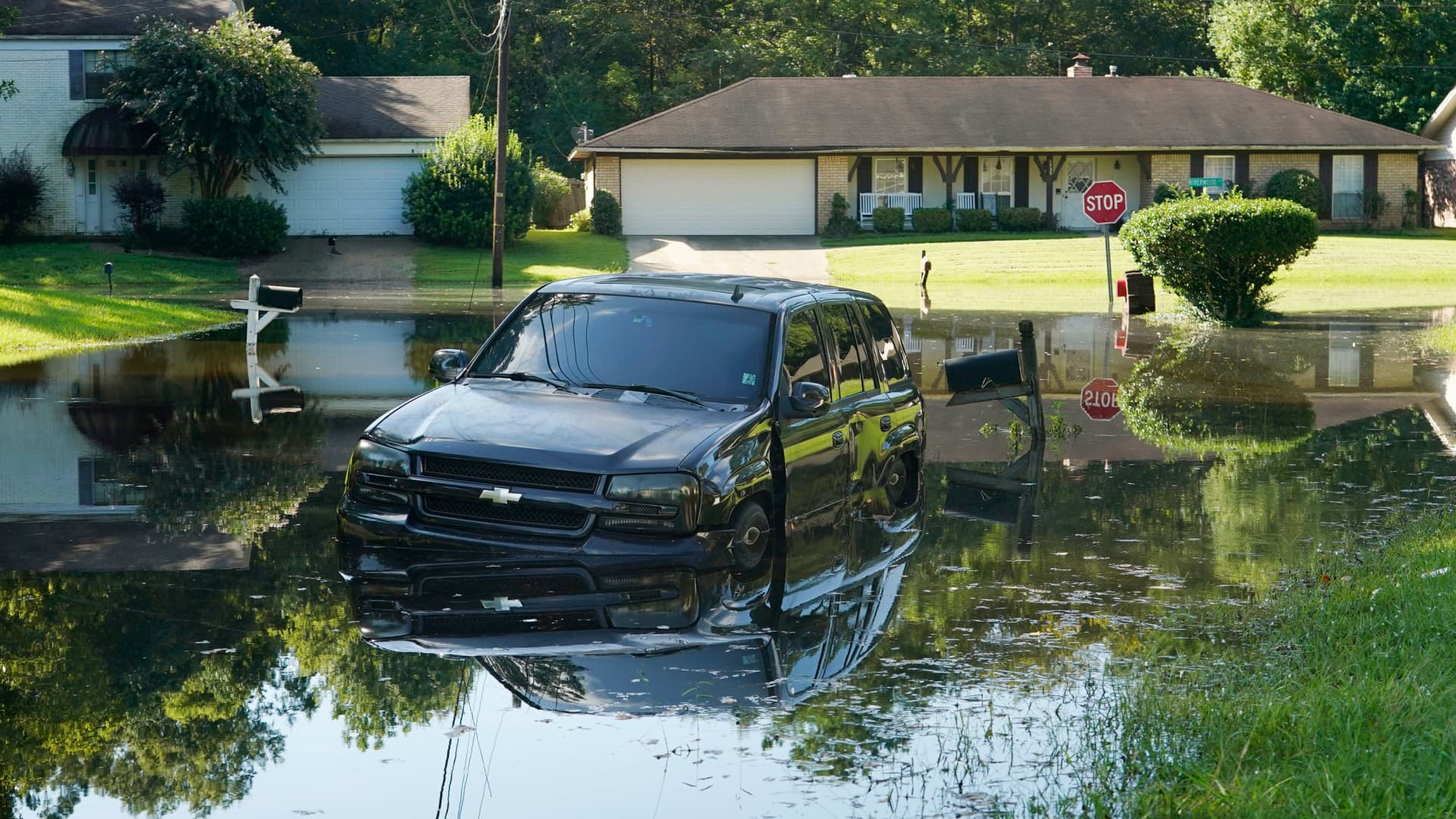Please stop ignoring your flight attendants


You trudge down the aisle to your seat. You double- and triple-check that you’ve arrived at the right row. You heave your luggage into the overhead bin and squeeze past your fellow passenger to settle into your seat.
Job done. Stress-filled boarding process complete. You zone out.
Never mind that flight attendants have begun their pre-flight safety demonstration, or that a video has begun to play informing you of the procedures in case of an emergency. You’re fine. You’ve seen this one before.
“The attention rate during the safety demos is extremely low,” says Sara Nelson, president of the Association of Flight Attendants-CWA, which represents cabin crews at United, Alaska, Frontier, Hawaiian and others.
There are many lessons to be learned from recent airline incidents, two in just the first week of the year. Among them: It’s time to start paying attention to the pre-take-off safety demonstrations.
On Jan. 2, all 379 people onboard a Japan Airlines Airbus 350-900 escaped the burning aircraft at Tokyo’s Haneda Airport after it collided with a Japanese coast guard plane carrying earthquake aid, killing five crewmembers on that aircraft.
Then, on Jan. 5, a door plug blew out of an Alaska Airlines Boeing 737 Max 9 when the two-month old plane was flying at 16,000 feet, sending oxygen masks down to passengers and leaving a gaping hole in the 26th row. No one was seriously injured on the flight, which returned to Portland, Oregon.
Both near-catastrophes underscore the importance of travelers paying attention to flight attendant safety information and instructions — before and during an accident.
Everyone from passengers to onlookers to aviation executives have commended the crews of those Japan Airlines and Alaska Airlines flights for shepherding passengers through safely.
Please direct your attention
It bears repeating that air travel is incredibly safe. There wasn’t a single fatal accident on a commercial passenger jet crash in 2023, one of the safest years on record.
But that track record is due in large part to safety regulations and protocols. And during those first few minutes of the flight when the door is closed and safety procedures are explained, there are distractions aplenty: streaming entertainment, emails and texts and, increasingly, gate-to-gate Wi-Fi.
Passengers didn’t pay much attention even before the days of smartphones, though, according to Nelson.
A bigger issue, she said, is that airlines have reduced flight attendant staffing on board over the years, while increasing the numbers of seats on each plane.
“Even though newspapers were a distraction and books and conversations before — so it’s not just about phones — I think when there were just more flight attendants directly in your face, more people were paying attention,” she said.
Airlines have gotten creative with how to capture travelers’ attentions during the safety briefing.
Some will pause any seatback screen entertainment during critical announcements. Others have introduced eye-catching production to video presentations to balance out the oft-repeated oxygen mask and life vest tutorials.
“The FAA requires airlines to provide pre-flight safety briefings on what to do if emergencies occur,” the Federal Aviation Administration said in a statement. “The briefings must contain specific information, but the FAA does not tell airlines how to present it.”
After the question of hearing safety instructions comes the natural question of heeding them.
The Japan Airlines inferno, which took 18 minutes to evacuate, avoided fatalities among travelers in part because passengers left their cabin bags behind, allowing for a speedier exit. The carrier’s safety briefing has clear animation about why travelers should not bring any luggage with them during an evacuation — and it appears it helped.
In 2016, American Airlines Flight 383 aborted takeoff after an engine failure, catching fire at Chicago’s O’Hare international Airport. The National Transportation Safety Board found that some passengers brought their carry-on luggage with them during the emergency evacuation, despite being told to leave their bags.
A U.S. Transportation Department watchdog said in 2020 that it found a dozen reports from aircraft evacuations between 2008 and 2018 in which crew members said passengers evacuated or tried to with their carry-on baggage.
Seatbelts on
Passengers are also best served to follow the seatbelt sign and strap in when seated even if the sign is off, per flight attendants instructions.
On Alaska Airlines Flight 1282, when the door plug panel blew out, the plane was not cruising altitude, which means passengers were likely seated and belted in, not walking around the cabin, and flight attendants’ beverage service hadn’t started. That likely helped prevent injury. The force of the event was so violent it ripped some headrests and seatbacks out of the plane, according to initial findings from a federal investigation.
Seatbelts also help avoid injury during turbulence.
“I think the flight attendants are doing great work,” said Anthony Brickhouse, a professor of aerospace safety at Embry-Riddle Aeronautical University. “The flying public needs to do better.”
Nelson said that more travelers pay attention to safety demos after an incident, like the Alaska flight, photos and videos of which were widely circulated on social media, but that it might not last.
“I’ve seen this happen throughout my career,” said Nelson, who joined United as a flight attendant in the 1990s and said passengers, jolted by a high-profile incident, often return to their lackadaisical ways. “The question is: Is it two weeks? Three? Maybe as much as six? There are short memories.”
This post has been syndicated from a third-party source. View the original article here.




